Our Silent Hill story explained post is here to help horror fans make sense of one of gaming’s most haunting, beautiful, and confusing narratives—because let’s face it, this isn’t just about zombies or cults. This is trauma wearing a mask.
For over two decades, Silent Hill has been messing with our heads. It’s psychological horror done right: a small town where reality bends to the emotional wreckage of whoever wanders in. It’s not just a location—it’s a mirror.
Whether you’re brand new to the fog, or a returning masochist trying to connect the dots again, we’re breaking down the big beats, core characters, and how the stories across the main games intertwine—without needing a PhD in metaphysics or cult history.
Let’s get into it.
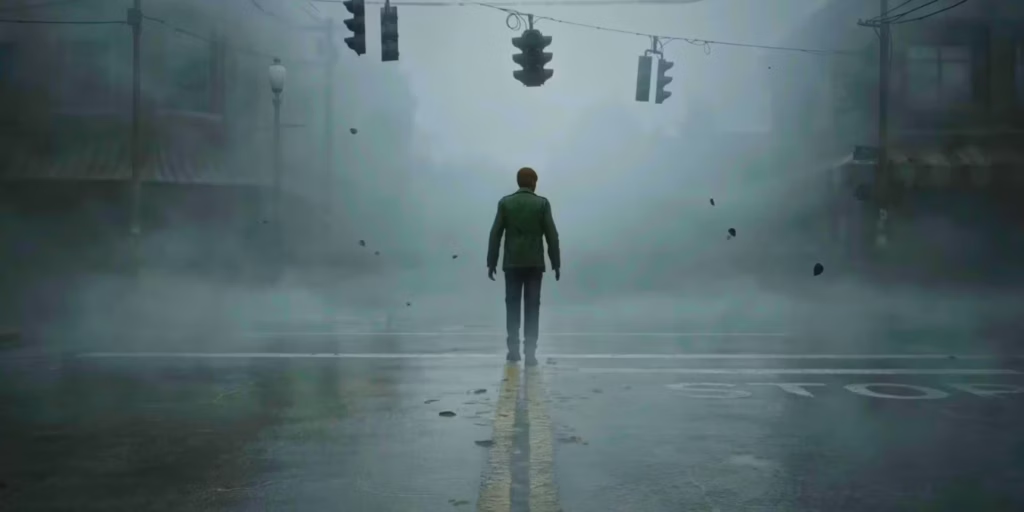
What Is Silent Hill, Anyway?
It’s not just a town. That’s the short answer.
Silent Hill is a fictional town in Maine (though the atmosphere leans heavy on rural Japan meets Twin Peaks), but the real horror comes from what the town does to people. It’s layered. There’s the physical town, then the Fog World—a liminal, twisted mirror of reality—and the infamous Otherworld, where things get especially bad.
What causes the shifts? Trauma. Regret. Guilt. Pain. And sometimes… something else entirely.
The town reacts to its visitors. It becomes a reflection of their worst fears or sins. That’s the terrifying hook—and the narrative glue that ties the series together.
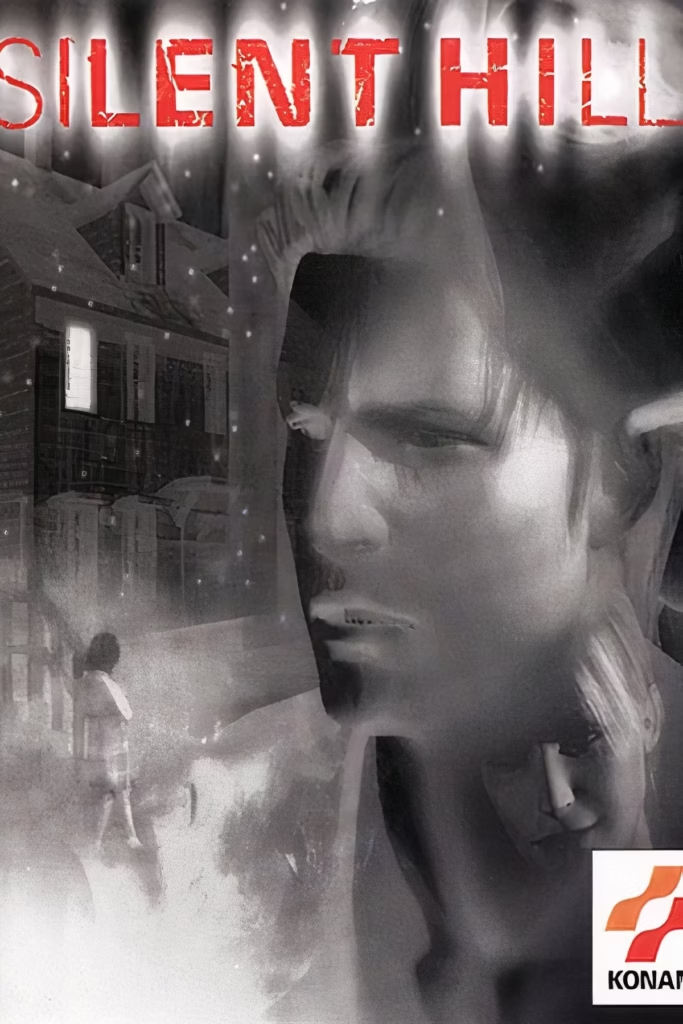


The Big Three: SH1, SH2, SH3
These are the titles that form the emotional backbone of the franchise. They’re not just fan favourites—they define the soul of Silent Hill.
Silent Hill (1999) – The Cult, the Girl, and the Fire
It starts here. You play Harry Mason, searching for his adopted daughter Cheryl after a car crash. But Silent Hill isn’t just spooky—it’s broken. Monsters roam the streets. Reality flickers. And Cheryl? She’s tied to something much older.
Here’s the twist: Cheryl is the reincarnated half of a psychic girl named Alessa, who was used in a cult ritual to birth a god. Yeah—it gets weird fast.
You’re not just battling monsters. You’re unravelling a cult’s nightmare and confronting supernatural fallout that spirals out of control. The themes? Parental guilt, corruption of innocence, and belief taken too far.
Silent Hill 2 (2001) – Guilt Made Flesh
This one. This is where the series became legendary.
James Sunderland receives a letter from his dead wife, telling him to meet her in Silent Hill. Yes—dead wife. From there, the game descends into pure psychological horror. The town becomes a twisted reflection of James’ subconscious, and the monsters? They’re all about him.
Pyramid Head isn’t just scary—he means something. So do the nurses. So does everything. It’s about grief, denial, and guilt so massive it warps reality. When the truth hits, it hits hard.
This isn’t survival horror. It’s emotional punishment. And it’s perfect.
Silent Hill 3 (2003) – The Legacy Continues
This one connects directly to SH1. You play Heather—Harry’s daughter (yep, full circle). And remember that god the cult tried to summon? They’re back at it. Heather’s origin is… complicated, but she’s basically the reincarnation of both Cheryl and Alessa.
SH3 dives deeper into the cult’s twisted beliefs. But it’s also about identity, revenge, and reclaiming agency. It’s less subtle than SH2, but way more visceral—and the Otherworld sequences are among the series’ most disturbing.
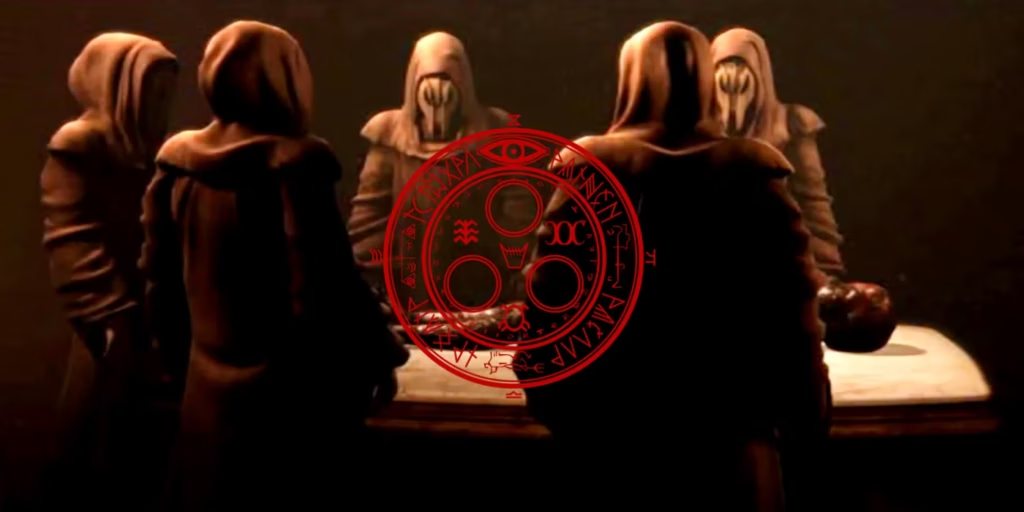
So What’s Up with the Cult?
The Order (Silent Hill’s resident cult) believes in pain, sacrifice, and birthing a god through suffering. Their rituals often involve children—especially ones with psychic powers. Yes, it’s as messed up as it sounds.
The cult’s influence shows up most heavily in SH1, SH3, and Silent Hill: Origins, but it fades into the background in later entries. Think of them as the mythology behind the madness—though the emotional horror always steals the spotlight.

The Town Reacts to You
Here’s what makes Silent Hill Silent Hill—the town morphs to reflect whoever enters.
In Silent Hill 2, James sees monsters tied to sexual repression and guilt. But when Angela, another character dealing with childhood trauma, sees the town? Her version is fire and judgment.
No one sees exactly the same Silent Hill. That’s the brilliance. The monsters aren’t generic—they’re personal. And sometimes, they’re not even “real” in the traditional sense. They’re psychological projections made flesh.
The best part? The town doesn’t judge. It just reflects. You bring your hell with you.

Other Games and Side Entries
Let’s touch on the rest—because while the main trilogy is core, the series has a few interesting detours.
Silent Hill 4: The Room
You’re locked in your apartment, and the only way out is through a hole in the bathroom wall. Yes, really. It’s a weird, claustrophobic twist on the formula with a new protagonist, Henry. It explores possession, serial killers, and isolation—but it’s polarizing. Some love its boldness. Others hated the escort mission.
Silent Hill: Origins
A prequel to SH1. You play Travis, a trucker with trauma of his own. It’s a decent entry, though less subtle than its older siblings.
Silent Hill: Homecoming
More action-heavy, and developed by a Western studio. The story echoes SH2 but lacks the emotional depth. Cool creature design, though.
Silent Hill: Shattered Memories
A reimagining of SH1, but with no combat. You’re just exploring, running, and taking psychological tests that reshape the story. Genuinely fascinating and underrated.

Sound, Fog, and That Feeling You Can’t Shake
Akira Yamaoka’s music? Haunting. Industrial one minute, heartbreakingly gentle the next. It’s one of the main reasons these games stick with people. His soundscapes feel alive—and very, very wrong.
The fog wasn’t just an atmospheric choice—it was technical, originally used to mask draw distance. But it became iconic. A veil. A metaphor. The unknown made visible.
Silent Hill doesn’t just scare you. It gets under your skin. The stories, the sound, the ambiguity—it’s horror that lingers.

TL;DR – Summary of The Silent Hill Story Explained
- Silent Hill isn’t just a place—it’s a personal purgatory.
- The monsters reflect the characters’ trauma, guilt, and fears.
- The cult adds mythos, but the real terror is psychological.
- SH1–SH3 form the narrative core, with SH2 standing tall as a masterpiece.
- Each character sees a different town, and no one’s reality is quite the same.
Why We Keep Going Back
There’s something about Silent Hill that other horror games just can’t copy. It’s not just about being scared—it’s about being unsettled. It’s about stories that cut deeper than they should. Monsters you recognize but don’t want to admit. Questions that never really get answered.
And honestly? That’s what makes it beautiful.
Even after all these years, people still theorize about every little note, every room, every ending. And that’s why guides like this exist—because Silent Hill isn’t just a series. It’s a feeling.
So whether you’re chasing fog, decoding endings, or just trying to figure out why that damn radio keeps hissing—you’re not alone.
Our Silent Hill story explained guide is here for that exact reason.

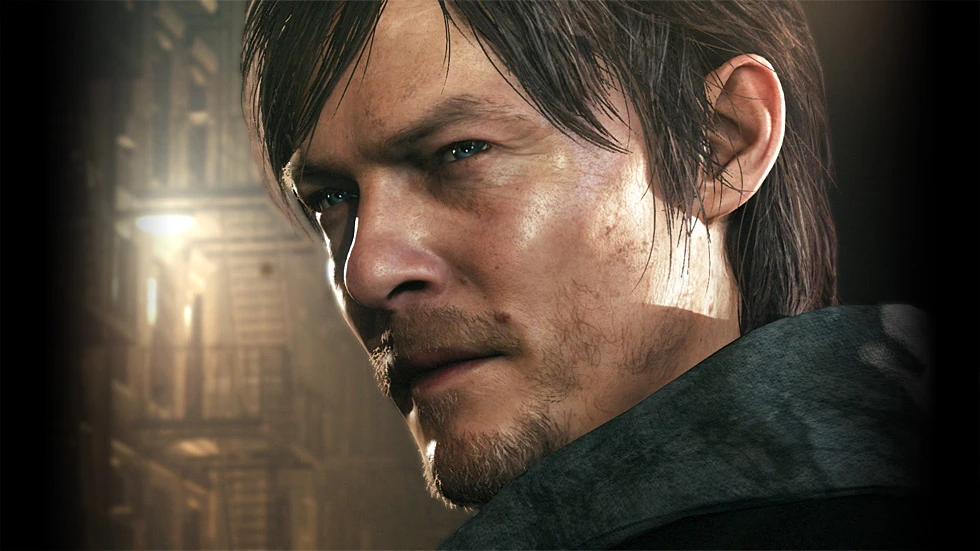
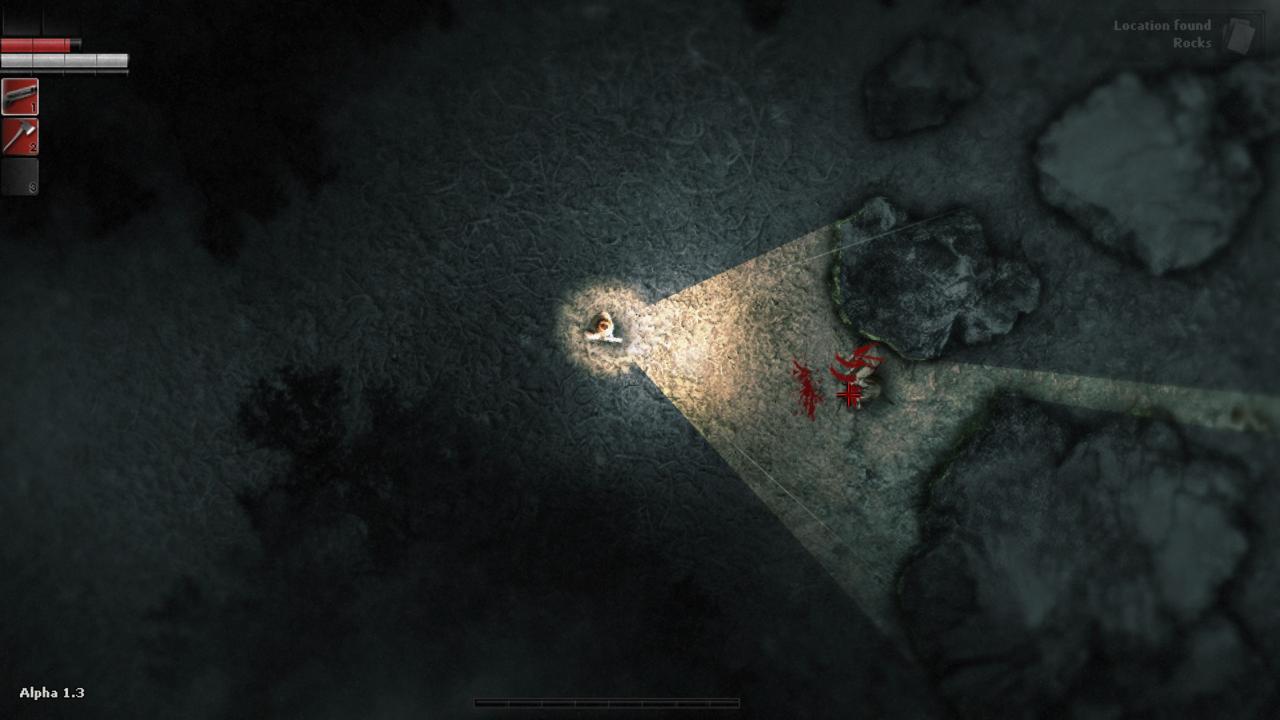


Leave a Reply